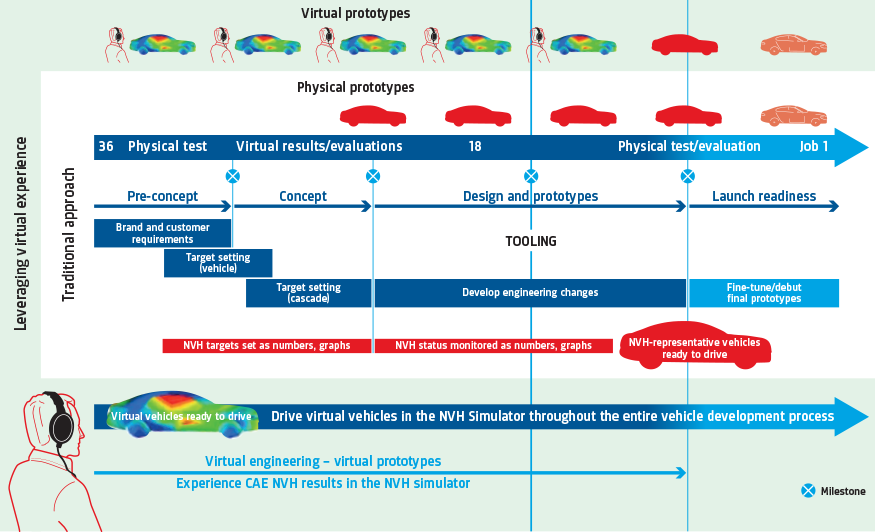
CAE Simulation
Over time, product development has transitioned from paper-and-pen drafted designs to a computer-aided drafting (CAD) environment that allows earlier testing and faster, less costly redesign. The natural progression of this trend is for the digital phase to be integrated more fully into the design process with computer-aided engineering - also called CAE.
CAE enables the extension of the digital phase much further into the design process so that problems traditionally encountered in the prototype phase, and beyond, can be mitigated while still in a digital environment. Simply put, incorporating CAE can reduce cost and time to market.
What is CAE?
CAE is the incorporation of computer simulation to solve problems without the need to use a physical model or prototype, potentially eliminating the need for a prototype altogether. Testing technology can be applied during the design and development phases much earlier in the product life cycle.
Where can CAE be used?
CAE can bridge the gap between simulation data and real-world data and create synergy in any industry. The benefits of incorporating CAE become more pronounced in industries where the expense for design changes increases as they occur later in the product development process.The automotive and aerospace industries are prime examples, where the cost of new prototype production can be overwhelming.
How does CAE benefit testing?
The incorporation of CAE data into product development offers engineers an opportunity to visually interact with the impacts of the design, and understand the effects of those changes.
Two-dimensional NVH data cannot always be as easily understood as a 3D model of a finished product interacting with a simulated real world. By linking the power of simulation with the test results, data can be more effectively communicated and more informed decisions can be made earlier in the process.
There is a reason the phrase ‘back to the drawing board’ is dreaded. If the first tests are not performed until there are physical models and prototypes, there are any number of potential design quirks that could require new drawings, incurring a subsequent addition of cost in time and resources for new models or prototypes.
By reducing the number of prototypes and by linking CAE into the process, overhead build costs can be reduced and decisions made quicker and earlier in the process, avoiding late development-stage fixes that can be extraordinarily costly.
Vehicle development with CAE Simulation

In many sectors of the automotive and aerospace industries, CAE is being leveraged more and more. Companies strive to reach a stage of data accuracy and analysis where the simulations result in an initial prototype design that is, in fact, the product released for sale.

뉴스레터를 구독하고 소리와 진동에 대한 최신 이야기를 만나보세요
